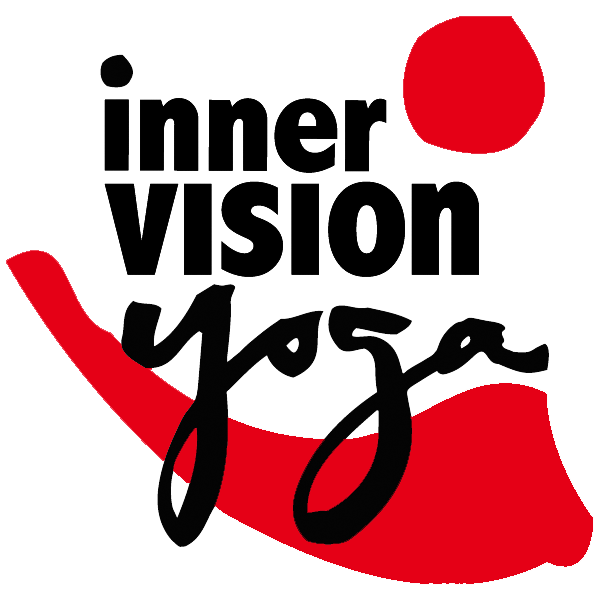Very little is known about Patanjali, the author/editor of the Yoga Sutra written some time around 500 BCE. Obviously familiar with the Vedic teachings of the Hindu tradition and probably aware of early Buddhist understanding, Patanjali transcends all religious, political and social divisions to touch the Soul’s heart and re-introduce us to a state of being-ness which transcends all divisions and differences.
Sutra is the word from which we get suture and may be thought of as a sewing or collecting together. At its highest form, a sutra is a radiant, illuminative burst of inspirational wisdom that melts away our preconceptions. The word Yoga means to join or yoke together the Soul with God. Patanjali did not present Yoga as a religion, however; it is the path to transcend all paths, a spiritual practice meant to reunite the Soul with its true source and destination.
Patanjali elaborates on Yoga as a path of Unity with Grace and efficiency. Considered to be the Grandfather of Classical Yoga Philosophy, Patanjali defines Yoga as Citta Vrtti Nirodha, often translated as the suppression or calming of the mind’s fluctuations. The Sanskrit word vritti literally means a turning or revolution and refers to the mind’s ever-spinning state of disturbance, always jumping into past or future. When we identify with these disturbances as our sole identity, we dwell in a state of ignorance. Dukkha (literally “bad space”) or suffering results. According to Patanjali, the ultimate practice of Yoga brings us into that state of kaivalyam or seedless freedom. The mind’s turnings or vritti become calm and we realize that we are pure awareness itself, not our disturbances. This state of being-ness obliterates the wheel of avidya which is our accustomed state of suffering through ignorance, isolation and separation from our true identity.
The yoga Sutra is an invaluable tool for the Yoga practitioner for it outlines with patience, clarity and heart-felt simplicity the state of freedom for all individuals no matter where they are on the spiritual path. Though such freedom may seem lofty or idealized, Patanjali presents many steps and strategies with scientific clarity to counter false self-identification. It may take translators many lines to explain the meaning, context and subtext of an aphorism that Patanjali often states in a few laser-intentioned words. As we go deeper into our practice and teaching experience, the seeds of the Yoga Sutra begin to blossom into heartfelt realizations, each new awareness bringing with it the potential for a lifetime of Grace and wonder.
http://www.arlingtoncenter.org/yogasutra.html
This link leads to an outstanding translation of the Yoga Sutras by Chip Hartranaft from Shambala publishing. It is one of the most radiant translations available. Read it in good awareness and if you like it, please purchase the book.
